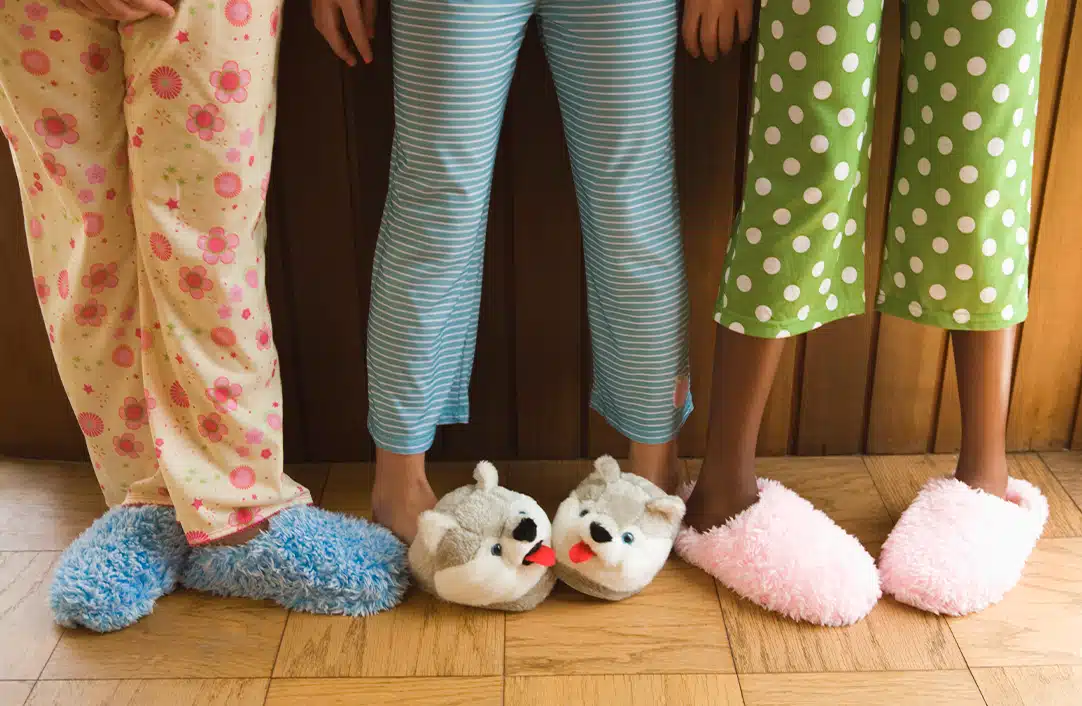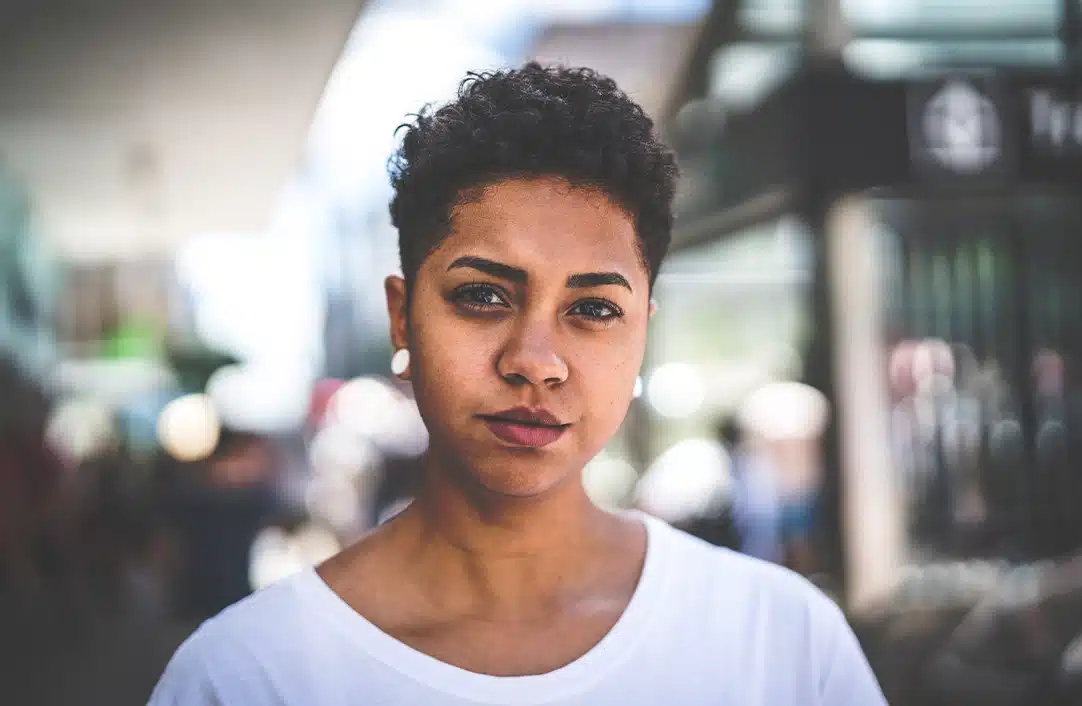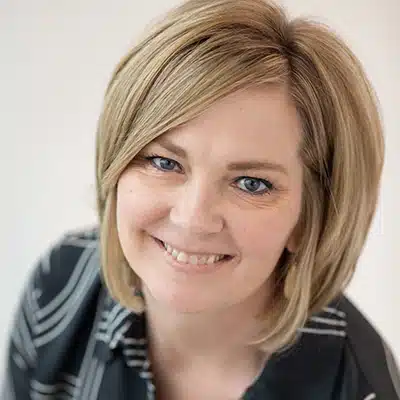
Definition of Sexual Abuse
At Saprea, we define sexual abuse as any situation where another person (adult or peer) forces or coerces a child or adolescent into sexual activity that may or may not involve touch.
Effects of Sexual Abuse
Trauma impacts people in different ways, influenced in part by genetics, personality, availability of support, frequency of exposure, and the age at which the traumatic event(s) were experienced. However, there are a handful of effects (or symptoms) that are common among survivors:
- Feelings of shame
- Triggers or flashbacks
- Sleep issues (i.e., nightmares, insomnia, etc.)
- Substance use disorder
- Mental health diagnoses/concerns (i.e., depression, anxiety, eating disorders, PTSD, etc.)
- Physical health diagnoses/concerns (i.e., chronic pain, autoimmune diseases, etc.)
- Relational challenges (i.e., loneliness, abusive relationships, boundaries, etc.)
- Disconnection (i.e., emotional numbness, dissociation, disconnection from the body etc.)
Some of these effects can be experienced in childhood or adolescence, but they may become more disruptive and intrusive during adulthood. Many survivors of sexual abuse express feeling like they’re in a battle with themselves and may not even associate the challenges they are experiencing to the traumatic events of their youth. This is why understanding how trauma impacts the brain and body can be reassuring and empowering for survivors and the people who support them.
Child Sexual Abuse Statistics
The Centers for Disease Control reports that 1 in 4 girls and 1 in 13 boys are victims of sexual abuse in the US;1 UNICEF reports a similar figure: 1 in 8 children worldwide are victims of sexual abuse.2 But there are complexities with sexual abuse prevalence statistics that make the true scale of the problem difficult to understand.
One meta-analysis determined that rates of sexual abuse may be up to 30x higher than what is reported,3 which is a frightening prospect. Most victims don’t disclose the sexual abuse until adulthood, and male victims are less likely to ever disclose being sexually abused.4 So, knowing what to watch for can be critical to intervening when a child needs help.
The unfortunate reality is that child sexual abuse is widely underreported. There are several reasons why this might be the case, including:
- The shame associated with being a victim of sexual abuse.
- Fears of retaliation.
- Apprehension about not being believed.
- The relationship of the victim to the perpetrator.
- A lack of understanding around what constitutes sexual abuse.
Signs of Sexual Abuse
The main thing to watch for in a child is a worrisome change in their interactions. This can include withdrawal and isolation, outbursts, depression, and/or secrecy. Physical signs of sexual abuse are less common, but can include bruising or tenderness, or infections. Keep an eye out for physical, behavioral, and emotional warning signs in children and adolescents.
If you suspect that an adult in your life experienced sexual abuse as a child but they have not said anything about being a survivor, it’s important to not push or pry. Loss of control—over their own body, circumstances, reactions—is a sexual abuse victim’s lived experience. You can create safety by not pressuring them to share more than they are ready to. If you have concerns, share them. Offer support, ensure confidentiality, and be a safe space for others to share whatever they choose, be it much, or nothing at all. Sexual abuse survivors have the autonomy and the right to share their story in their own way, in their own time, and with their own terms. And whatever they decide to share, believe them.
Victim vs. Survivor
While I use the word survivor to refer to the larger community of individuals who experienced child sexual abuse, I know that term doesn’t always reflect the lived experience of every person. Some hate the label, feeling like it limits or defines them based on someone else’s actions. Others feel like survivor poorly describes the beautiful, meaningful lives they’ve built for themselves, and the strength they’ve exerted to do so. Some see it as a stage they have moved through, or are moving through, as they work on healing from sexual abuse. And still, others prefer the descriptor of victim because of the importance of clearly indicating the perpetrator’s responsibility and the gravity of what happened. Each of these feelings is valid and speaks to the complexity of childhood sexual abuse and how no one experiences trauma or heals in the same way.
The label of survivor is used by many to describe individuals who are part of a community that they didn’t choose to belong to.
Yet, when I think of a replacement to survivor, I can’t come up with a word that adequately captures all the connotations that I feel. I reflect on the challenges and struggles of my loved ones who experienced sexual abuse as children. I remember their struggles to overcome self-destructive habits and thoughts. And I acknowledge the characteristics they embody, like empathy, strength, and determination. I admire the authentic, vulnerable, beautiful souls they are. Often, they manage PTSD symptoms and negative self-talk all while raising kids, earning degrees, running successful businesses, and giving back to their communities in so many meaningful ways. So, I agree: the term survivor seems woefully inadequate to capture the resilient individuals who, on some days lead regular, uneventful lives, and on other days work to the point of exhaustion just to manage the impacts of the sexual abuse they experienced.
I learned a few years back that a trauma-informed best practice is to mirror the verbiage I hear in conversations with others. I’ve seen how powerfully validating it can be to echo the words they use as they share about their past trauma. I still use the word survivor to refer to the larger community, but I fully embrace the opportunity to use the titles members of the that community call themselves. Such words include: advocate, warrior, thriver, truth-speaker, and—one of my favorites—simply, powerfully, Kate.
Perhaps as more experiences are shared, the dialogue around child sexual abuse will generate further support for those who have been victimized. Perhaps the survivor community will adopt a title that is more reflective of their collective strength, empathy, resilience, and grit. I look forward to that possibility. It will symbolize an empowerment that is so desperately needed among survivors, an empowerment that accelerated during the #metoo movement and has the strength to move far beyond that. In the meantime, there are many opportunities for advocacy, awareness, and support.
Helping Victims Heal
At Saprea, we talk about healing from childhood sexual abuse as a journey. It’s often a winding path with ups and downs, with times where you circle back to a spot you’ve seemingly been to before. The important thing to remember is that healing is possible. Many of the victims and survivors that I have worked with have shared that while healing is difficult, it’s worth the effort. In fact, many have described healing as a process that doesn’t take the pain away or erase the past, but instead changes their relationship to the trauma; being a survivor of child sexual abuse becomes part of the story instead of dictating the story. It’s powerful to see someone transform from feeling defined by what happened to them, to intentionally making things happen for them. And the support of loved ones can greatly accelerate this type of growth.
Are you looking for ways to support someone who was sexually abused as a child?
You show love as you offer support and foster healing.
Healing Resources
Saprea is a nonprofit dedicated to liberating individuals and society from child sexual abuse and its lasting impacts. Our compassionate team of licensed clinicians and experts in child sexual abuse trauma recovery are dedicated to providing high quality effective programs and services. We serve communities of individuals throughout the world who, as children, were victims of sexual abuse. And, thanks to the generosity of our donors, the Saprea Retreat, the Saprea Healing Webinar, Saprea Support Groups, and Saprea Online Healing Resources are offered at no cost to those who receive them.
Healing is possible. Whether you identify as a survivor, victim, advocate, or Kate, please, never underestimate yourself and the things you can do.
About the Author
Kolene Anderson
Research and Program Development Manager
Recent blogs
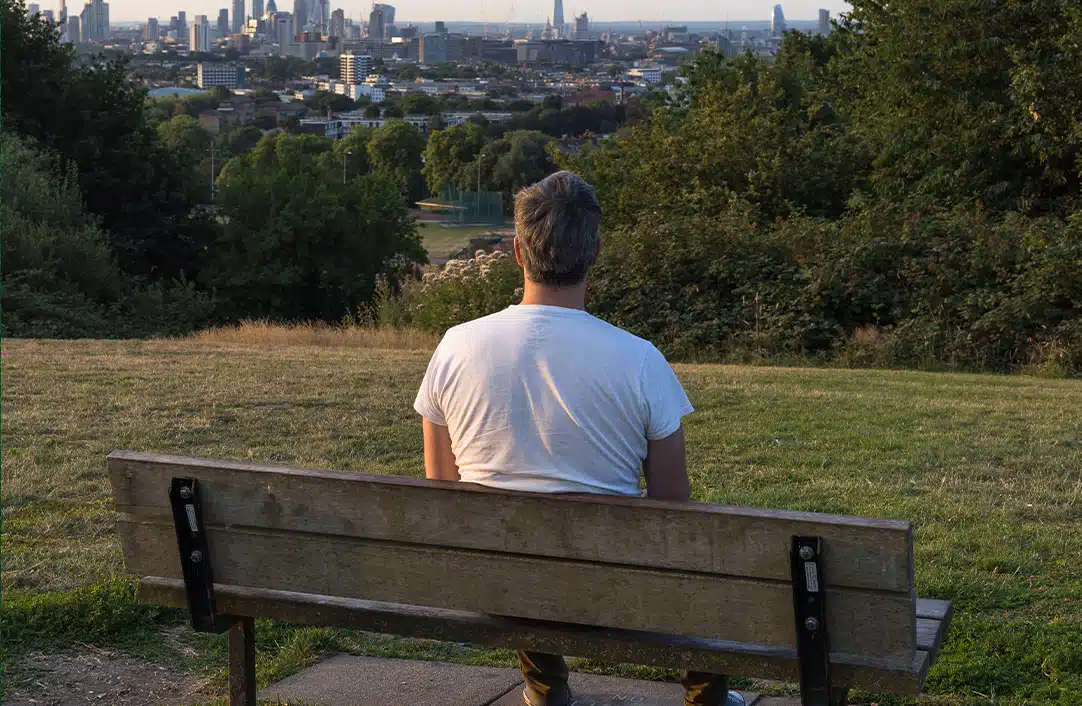
Male Sexual Abuse
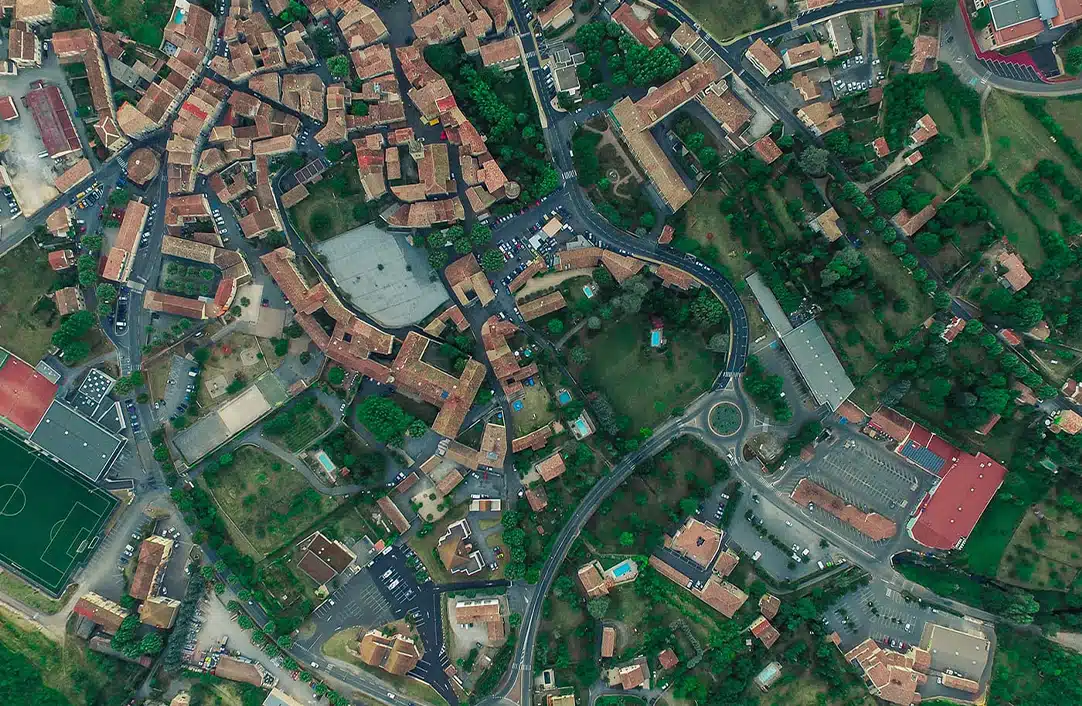
What to do if a Sex Offender Moves to Your Neighborhood?
